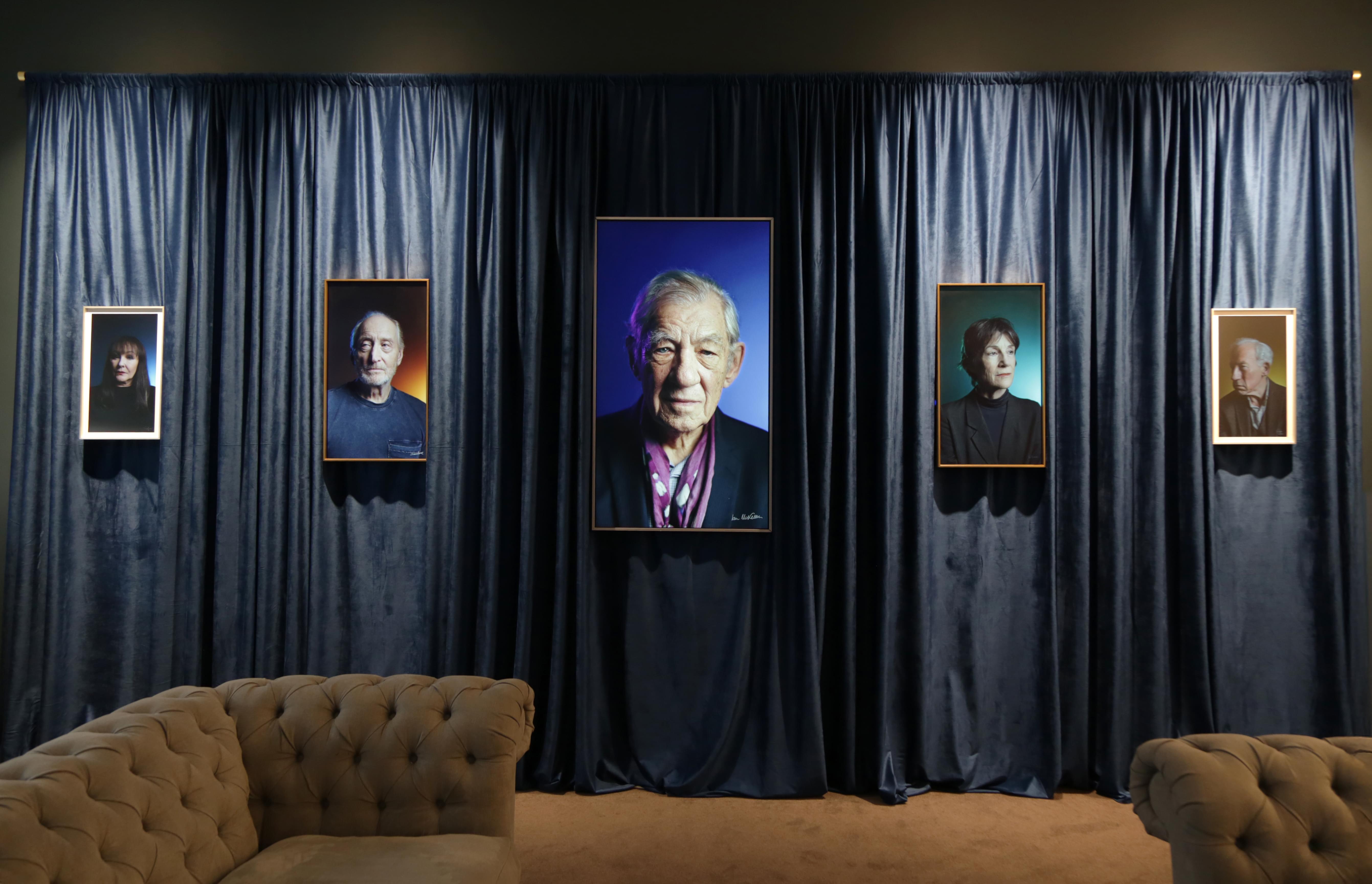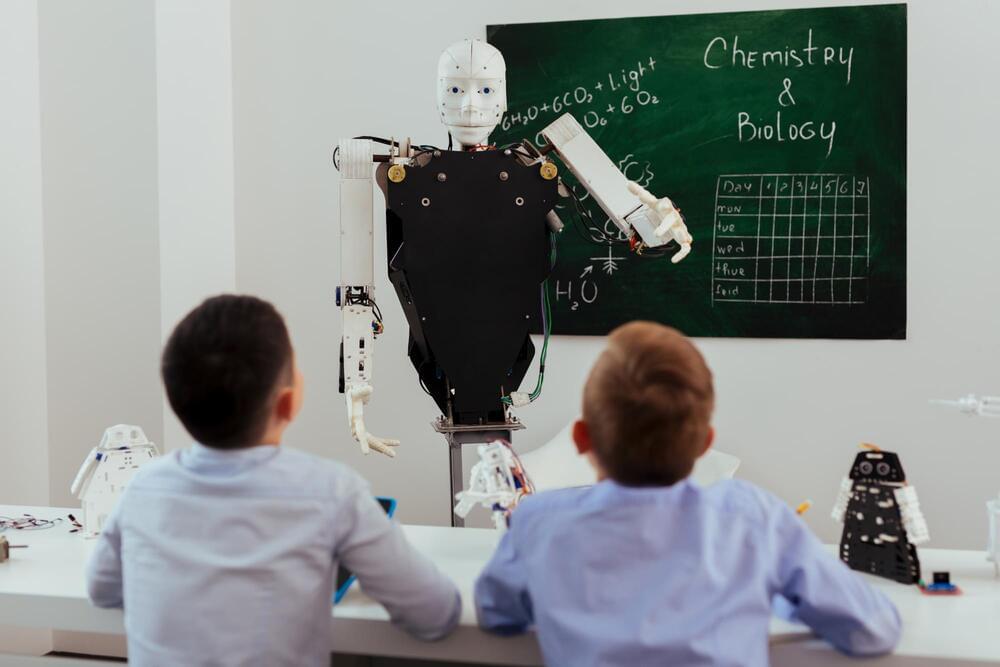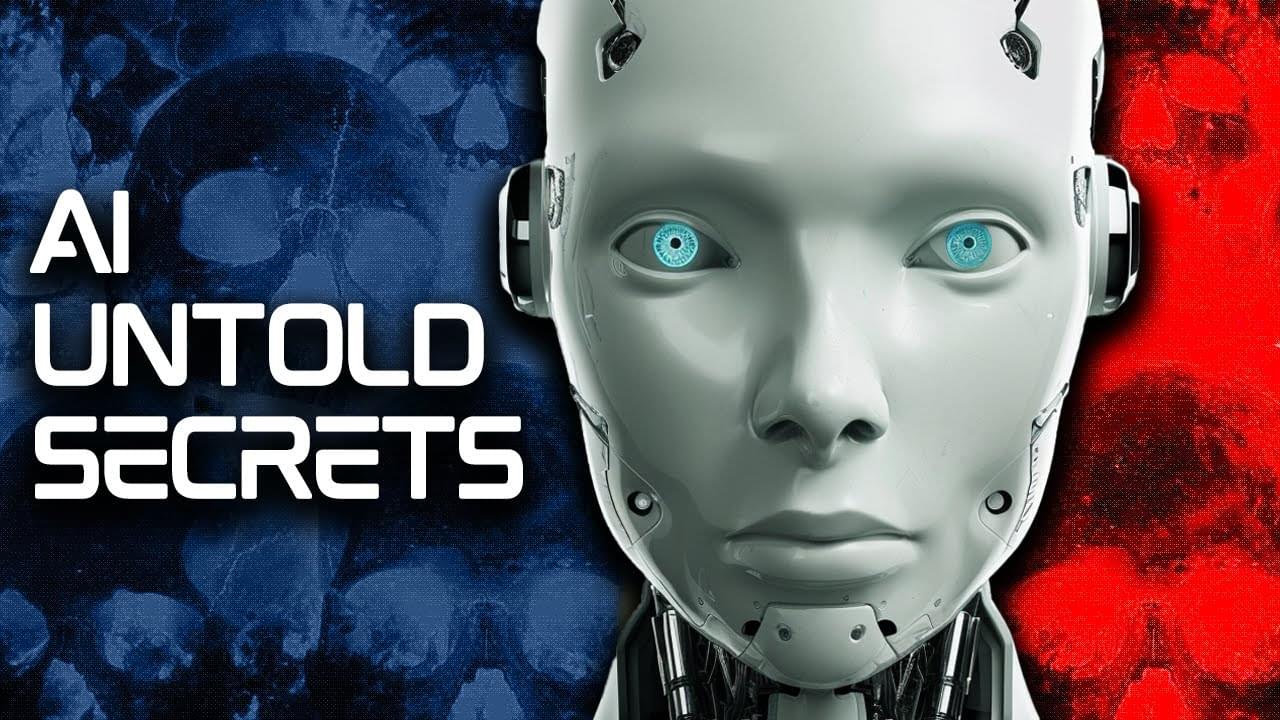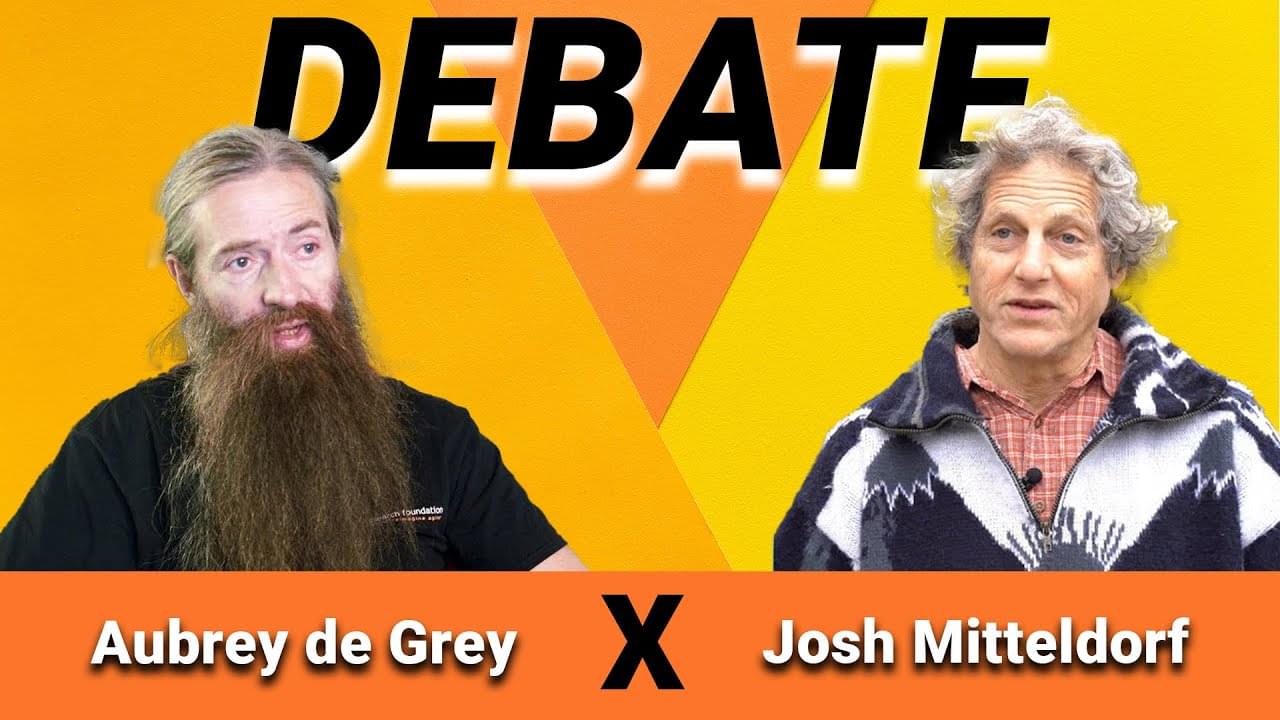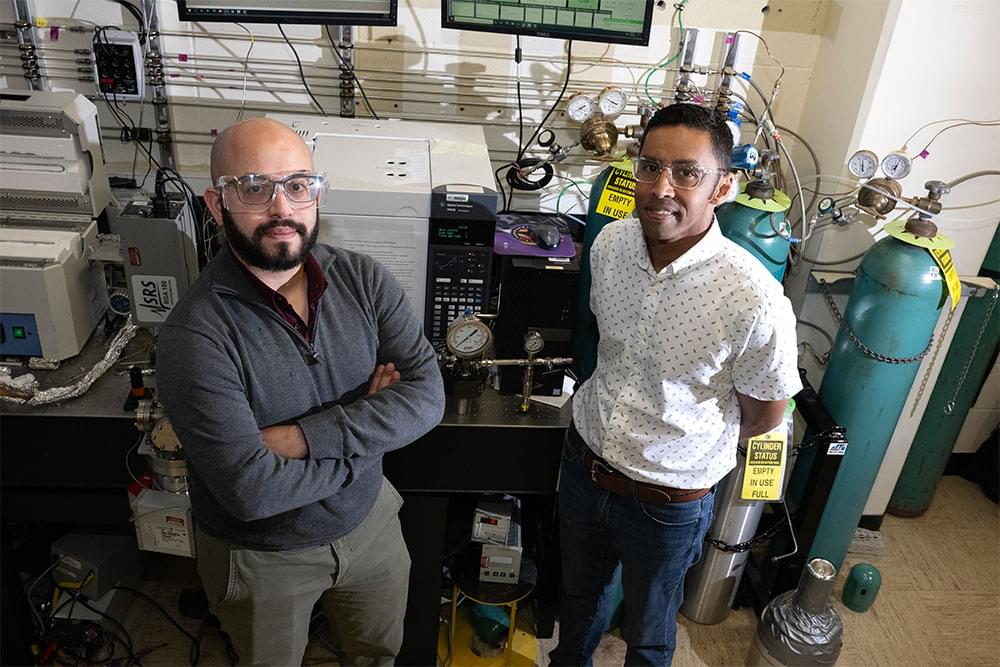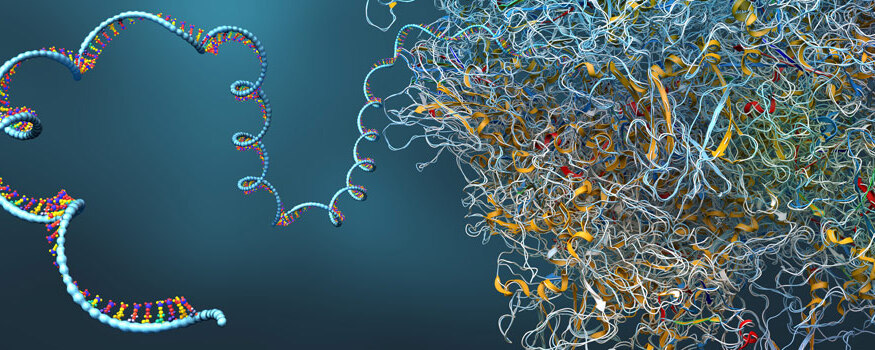MIT physicists and colleagues have for the first time measured the geometry, or shape, of electrons in solids at the quantum level. Scientists have long known how to measure the energies and velocities of electrons in crystalline materials, but until now, those systems’ quantum geometry could only be inferred theoretically, or sometimes not at all.
The work, reported in the November 25 issue of Nature Physics, “opens new avenues for understanding and manipulating the quantum properties of materials,” says Riccardo Comin, MIT’s Class of 1947 Career Development Associate Professor of Physics and leader of the work.
“We’ve essentially developed a blueprint for obtaining some completely new information that couldn’t be obtained before,” says Comin, who is also affiliated with MIT’s Materials Research Laboratory and the Research Laboratory of Electronics.


